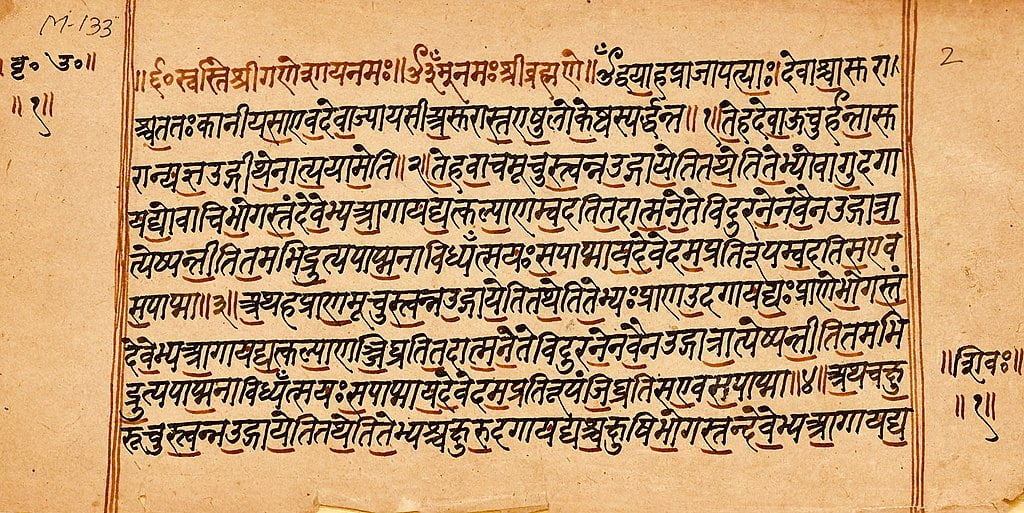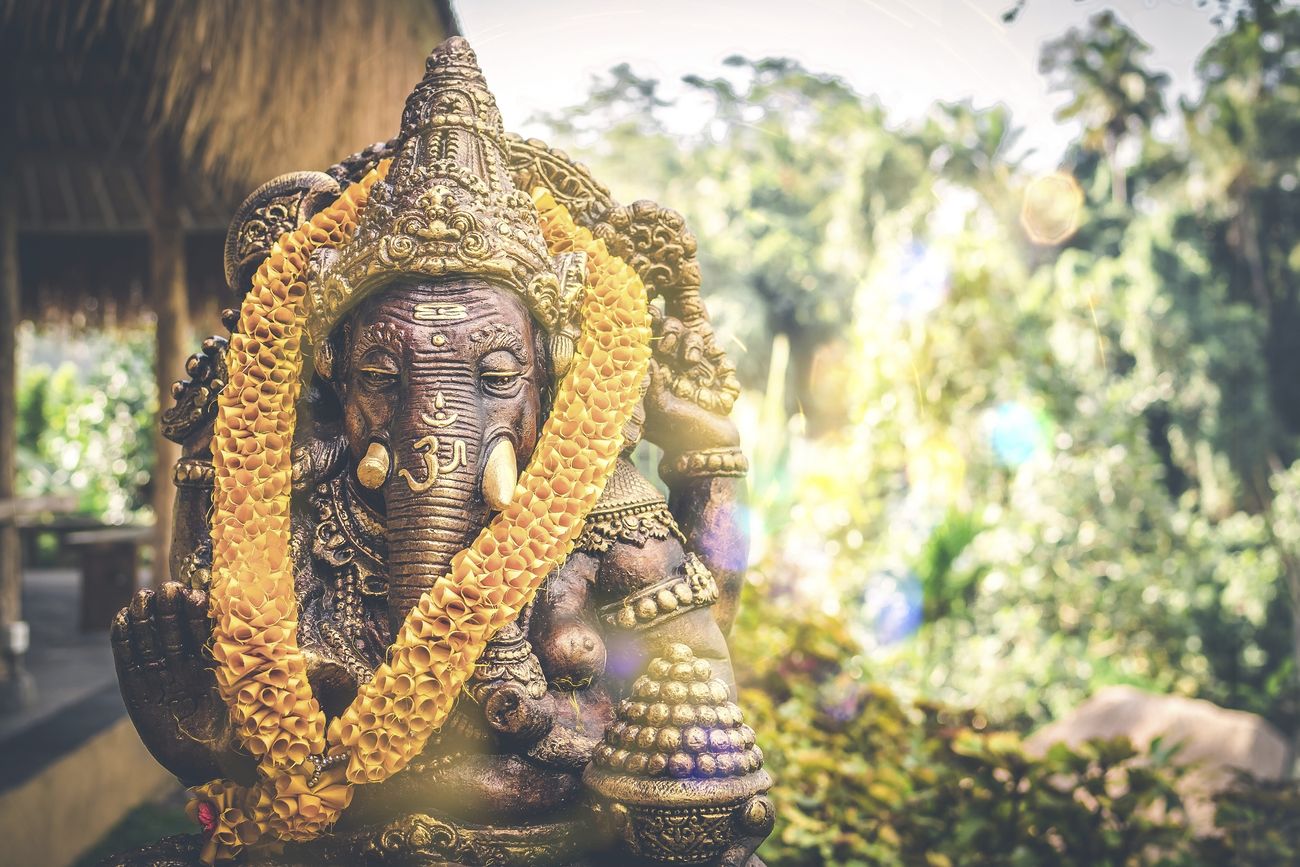Category: Eastern Schools
-

Reincarnation: What Happens After Death?
Reincarnation isn’t just some mystical belief tucked away in the East, it’s a serious topic that has fascinated thinkers, seekers, and skeptics for centuries. It raises tough, unavoidable questions: What happens after we die? Is this life all there is? Can someone actually know what lies beyond death?
-

Brahman- Fulfiller of Desires
The Nasadiya Sukta suggests that desires are the seed cause of existence. You may have heard stories where Brahma, Vishnu, Shiva, or other devatas appear before a sadhaka and ask, “What do you desire?”
-

Twinkle Twinkle Sankhya and Star, How I Wonder What I Am?
The endless sky, dotted with sparkling points of light, held a certain magic for us. How many of us once sang “Twinkle, Twinkle, Little Star” with childlike wonder, imagining what these distant orbs truly are?
-

Quantum Physics in Upanishads and Vedanta
Quantum Science, an idea of the ancients. Vedic Quantum Physics in Upanishads and Vedanta is one of the most mysterious topics for modern scholars. Various authors have presented the Vedas to be no more than the hymn dedicated to a mythological Deity. However, the exponents of the Vedic Religion argue that Vedas are Scientific and…
-

5 Prana Vayus and Upa Pranas to purify your breath.
The 5 types of Prana are widely discussed in Upanishads. Also, yogic significance is great. In this article, we discuss the yogic techniques to purify them. 5 Prana Vayus appears in the great metaphysical book of Brihadaranyaka Upanishad also. The 5 prana vayus plays a vital role in Ayurveda along with Yoga. However, along with…
-

Sikhism, Conceptual Substructures
The Punjabi word ‘Sikh’ means ‘disciple’. Those who identify themselves as Sikhs are the followers of Akal Purakh (Timeless Being). India’s youngest expanding Indigenous tradition, almost 25 million people worldwide, emerged more than five hundred years ago. The fascinating fact about Sikhism is that even though they are nearly 2 percent of the nation, their…
-

Six Pillars of Indian Philosophy: Khat Avatar
Bharat has long been a cradle of knowledge. Its ancient scholars have made significant contributions to various fields of study. Among these great minds, the Khat Avatar of Brahma is a group of six eminent sages who founded the six schools of Indian philosophy. In this article, we delve into the lives and teachings of…
-

Brahman Principle of the Vedas.
Brahman is a central concept in Hinduism and is often described as the ultimate reality or ultimate principle that underlies all of existence. It is considered to be the source and ultimate goal of all spiritual practices and is often associated with the concept of God in Hinduism. Roots of Brahman Principle. The concept of…
-

Whatever is in you is in me.
“Whatever is you is in me, We are not different from one another”. This statement looks like the talk of two lovers. However, love is not just a thing between two lovers. Every connection in the world is about love. Be it the Sun helping Earth to revolve or Earth supporting beings with the natural…
-

To analyze the effect of visualization of Tantric Buddhism on the cognitive behavior of a tantric practitioner.
Abstract Neurotheology is an interdisciplinary field of research that aims to explore the question of how religion and god are perceived and experienced by the human brain and mind. Such an investigation has become possible due to recent scientific developments in social and cognitive neuroscience and the psychology of religions. This emerging field of research…